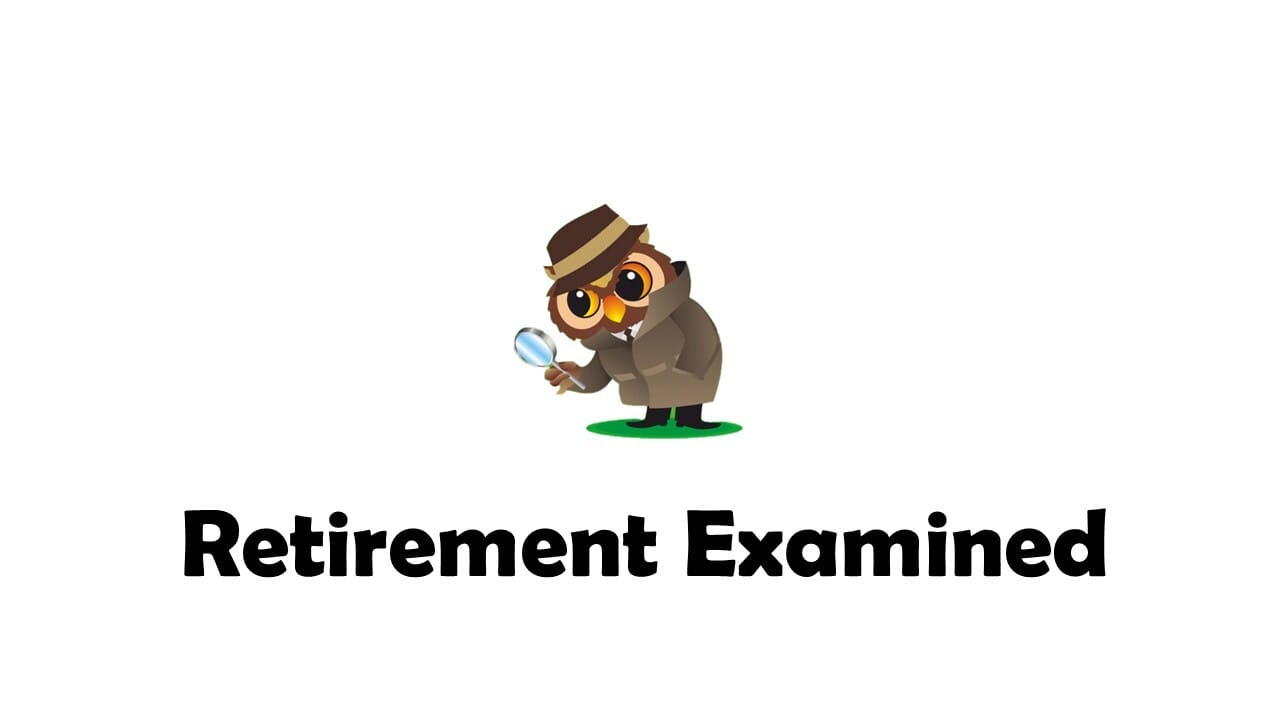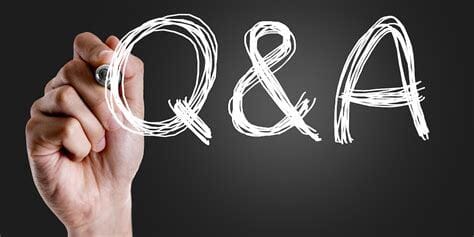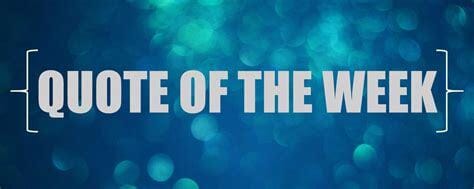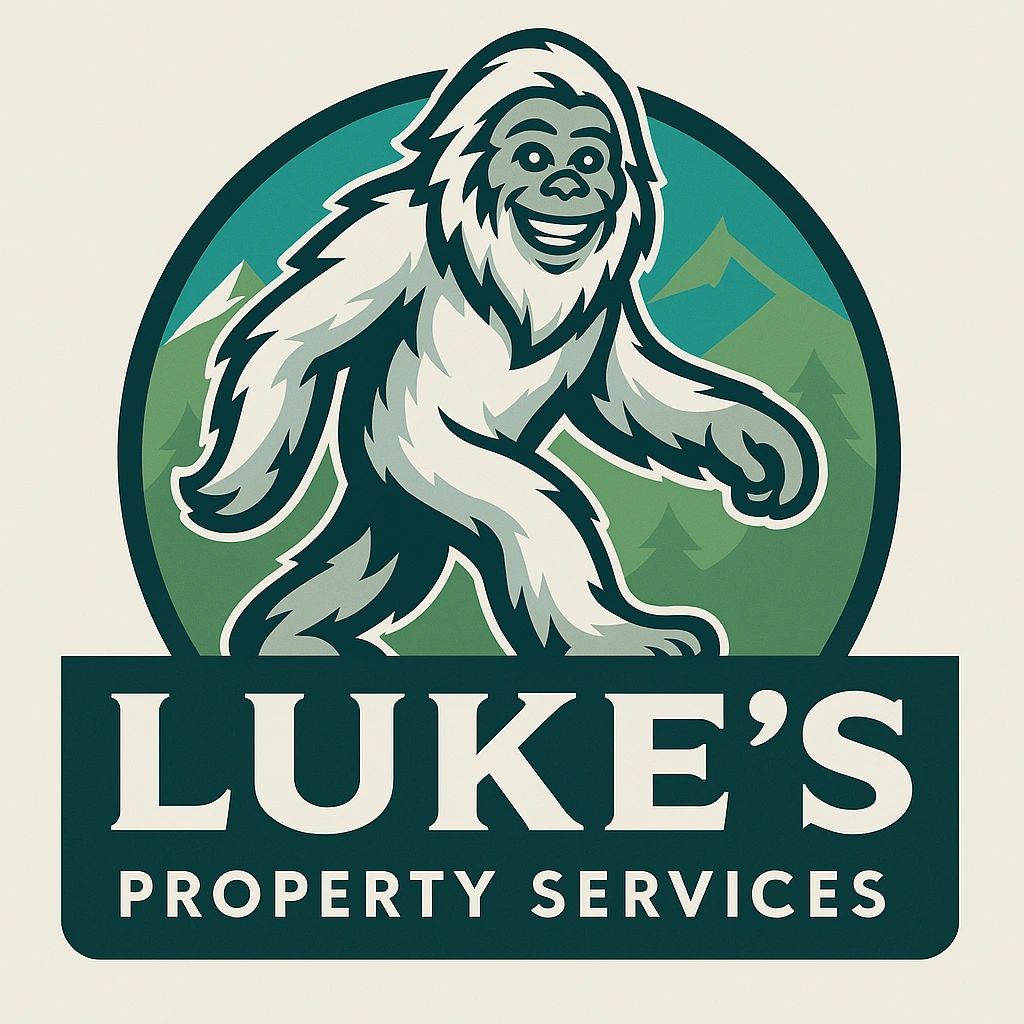- Retirement Examined
- Posts
- Retirement Examined
Retirement Examined
5-Minutes of Breakthrough Secrets: Happy, Fulfilling Retirement

The weekly email that keeps you up to date on exciting Retirement topics in an enjoyable, entertaining way for free.
The Retirement Wake-Up Call: Unlearning the Lies That Could Cost You Everything
by Eric Seyboldt, MBA

There’s a silent storm unfolding in America.
Not in hospitals or on the evening news—but in kitchen tables and quiet living rooms, where pre-retirees stare at spreadsheets and brokerage statements, telling themselves they're prepared. That the nest egg they’ve spent a lifetime building is enough. That Social Security will close the gap. That taxes won’t be a problem. That inflation is temporary. That healthcare will somehow, some way, work itself out.
They believe this because they’ve been told to. Told by media soundbites, corporate 401(k) seminars, even well-meaning advisors who never had to live through the second half of a retirement themselves.
But reality doesn’t care about slogans or assumptions. Retirement, done wrong, is not a reward—it’s a reckoning. And what’s coming for most isn’t comfort. It’s correction.
1. “I Have Enough” – The Most Dangerous Sentence in Retirement Planning
A million dollars. That’s the magic number, right? Hit seven figures, and you’ve won the game. That belief is so common, it’s practically folklore. But it’s dangerously misleading.
What matters in retirement is not what you’ve saved—it’s how long that money can last, and under what conditions. The market doesn’t move in straight lines. And as any retiree from 2008 or 2020 can attest, timing matters more than totals.
This is the cruel math of sequence-of-returns risk. Take two retirees with identical portfolios. One retires just before a bull market. The other right before a crash. They both withdraw 4% a year. One ends up with more money than they started with. The other runs out in 15 years.
This isn’t theory. It’s happened, again and again. A couple from Michigan retired in 2007 with $1.2 million. Confident, conservative, careful. Then came the crash. Their withdrawals continued. By 2009, their portfolio was cut almost in half. Today, they live on Social Security and the remnants of a pension from three jobs ago.
The lesson? Having “enough” is meaningless without a strategy to protect withdrawals from volatility. Retirement is not about what you have. It’s about what you can keep.
2. The Tax Mirage of the 401(k)
The great American savings vehicle is also its most misunderstood. The 401(k), the IRA—tools designed to defer taxes until retirement—have become ticking time bombs for the unprepared.
Ed Slott, widely regarded as the nation’s top IRA expert, says it best: “Your IRA isn’t a retirement account. It’s a future tax bill.”
When RMDs (Required Minimum Distributions) hit at age 73, Uncle Sam comes to collect—and he doesn’t care if the market is down or if your income is already stretched. Withdrawals from pre-tax accounts count as ordinary income, pushing many retirees into higher brackets than they ever expected. And if your income gets too high? Say hello to Medicare IRMAA surcharges and taxed Social Security benefits.
A real example: A widow in Scottsdale, Arizona, with $900,000 in a traditional IRA. She assumed modest withdrawals would keep her taxes low. But once her RMDs began, her Social Security became taxable. Her Medicare premiums jumped. And suddenly, she was writing five-figure checks to the IRS—every year.
The solution? Roth conversions, strategically done before RMD age, can turn a future liability into a future lifeline. But most retirees wait too long to act—until the IRS starts writing the rules.
3. Inflation: The Erosion That Never Stops
Inflation is the most persistent threat retirees underestimate. Not because they don’t see prices rising, but because they forget what inflation does over time.
At just 3% inflation, the value of money is cut in half every 24 years. At 4%, every 18 years. A retiree living on $70,000 today would need $140,000 just to maintain their lifestyle by age 89. And that assumes their expenses stay level, which they won’t.
Healthcare, home maintenance, food, transportation—these costs climb faster than government inflation metrics suggest. Retirees who shift too conservatively—dumping equities for “safe” bonds or cash—often find themselves bleeding purchasing power. Slowly. Quietly. Irreversibly.
A well-balanced portfolio in retirement isn’t about avoiding risk. It’s about taking the right risks—measured, intentional, growth-oriented—so that your income grows with the cost of living, not against it.
4. The Healthcare Sinkhole
Fidelity estimates that the average 65-year-old couple will need $315,000 for healthcare in retirement. That doesn’t include long-term care, which can run $100,000 a year or more.
Medicare doesn’t cover everything. In fact, it covers far less than people assume: no dental, limited vision, no custodial care, and only short-term rehab. The rest? Out of pocket.
For many, the absence of long-term care planning becomes the single greatest threat to their financial dignity. The house is sold. The savings are drained. The adult children step in—not with inheritance paperwork, but with Medicaid applications.
This is not the exception. It’s the rule for those who don’t plan ahead.
Conclusion: A Hard Reset, Not a Soft Landing
Retirement is not a reward for a life well-lived. It’s a phase of life that requires its own strategy, its own realism, and its own kind of courage.
The mistakes people make aren’t born from laziness—they’re born from outdated assumptions. That taxes will be lower. That expenses will drop. That markets will behave. That Medicare is free. That inflation is temporary.
Those assumptions, left unchallenged, are the reason millions enter retirement full of hope and exit it full of regret.
But here’s the good news: it’s not too late. Awareness changes everything. Action multiplies its impact.
The retirees who will thrive in the next 25 years won’t be the ones with the biggest portfolios. They’ll be the ones who understood the rules early and played the game better than anyone else.
Because in retirement, peace of mind is the only return that really matters. And it's never the result of luck. It’s always the product of strategy.
Reach out to us for a complimentary, 10-minute consultation call. Let's explore strategies to protect your wealth and make your retirement everything you've dreamed of—secure, fulfilling, and worry-free. Schedule a free 10-minute consultation today by calling 614-943-2265. Your future deserves the best plan, and we're here to help make it happen.
Elon Dreams, Mode Mobile Delivers
As Elon Musk said, “Apple used to really bring out products that would blow people’s minds.”
Thankfully, a new smartphone company is stepping up to deliver the mind-blowing moments we've been missing.
Turning smartphones from an expense into an income stream, Mode has helped users earn an eye-popping $325M+ and seen an astonishing 32,481% revenue growth rate over three years.
They’ve just been granted the stock ticker $MODE by the Nasdaq—and the share price changes soon.
*An intent to IPO is no guarantee that an actual IPO will occur. Please read the offering circular and related risks at invest.modemobile.com.
*The Deloitte rankings are based on submitted applications and public company database research.

Unlocking the Secrets of Planned Giving
by Eric Seyboldt, MBA
Client: "Eric, I’ve heard people talk about ‘planned giving’ like it’s some sort of secret society for the wealthy. What is it really, and why does it matter?"
Eric: “It's not a secret society—but it is a powerful form of financial strategy that very few truly understand. Planned giving is where personal legacy, tax law, and long-term charity meet. It's the process of structuring donations to charitable organizations in a way that not only benefits those causes but strategically enhances the financial position of the donor and their heirs. Done right, it’s a masterclass in how to outwit the tax code, shape the future, and live with purpose.”
Client: “What are the core tools in planned giving? I assume it’s more than just writing a check.”
Eric: “Far more. Planned giving is architectural. You’re building financial instruments to last beyond your lifetime. Some of the most commonly used vehicles include:
Bequests: Named in a will or trust—simple, elegant, and often overlooked.
Charitable Remainder Trusts (CRTs): You place assets in an irrevocable trust. It pays you (or another beneficiary) income for life or a fixed term. What remains goes to the charity. You receive a tax deduction the year the trust is funded.
Charitable Lead Trusts (CLTs): This one flips the order. The charity gets the income now; your heirs get the rest later, often at a steep discount in gift and estate taxes.
Donor-Advised Funds (DAFs): You get the deduction immediately, but can take years to decide how and when the money is disbursed. Think of it as a private foundation without the red tape.
Charitable Gift Annuities: These provide guaranteed income for life, backed by the charity, and the remainder goes to the organization.
Pooled Income Funds: Contributions are pooled and invested. Donors receive income for life, and the charity receives the remainder.
Each of these is a strategic lever. Knowing when to pull it—and how hard—is the trick.
Client: How does this benefit me financially?
Eric: Let’s talk about leverage. Planned giving is the only area in personal finance where your values and your wealth grow at the same time. You reduce your income taxes with immediate deductions. You avoid capital gains taxes on appreciated assets like stocks or real estate. You reduce estate taxes. And—depending on the tool—you can generate a lifetime income stream.
One client donated $1.2 million in appreciated tech stock to a CRT. He avoided nearly $400,000 in capital gains tax, took a seven-figure income tax deduction, and locked in income for the next 25 years. That’s not charity. That’s engineering.
Client: But what if I’m not a multimillionaire? Is planned giving only for the wealthy?
Eric: Not at all. Planned giving scales. A $50,000 bequest in a will is planned giving. So is using a DAF to gift $5,000 a year while teaching your children about legacy. It’s less about the size of the gift and more about the intention, the structure, and the ripple effect.
Client: What are the risks or mistakes people make?
Eric: The biggest mistake? Treating it like a transaction instead of a strategy. People forget to update their wills. They chose the wrong asset. They ignore the timing of market conditions. And worst of all, they don’t consult an expert. That’s how well-intentioned legacies end up lost in probate, diluted by taxes, or never executed at all.
Another mistake is failing to communicate with family. If you leave 80% of your estate to charity without context, you risk resentment and confusion. The best donors are transparent. They leave both a gift and a story.
Client: What’s the first step for someone serious about this?
Eric: Step one is clarity. What are you trying to accomplish? For some, it’s minimizing taxes. For others, it’s ensuring their life’s work echoes into future generations. Identify the causes you believe in and the financial outcome you want. Then, build the bridge.
Step two is assembling the right team: estate attorney, financial planner, CPA. If they don't know how to talk to each other, find new ones. You’re not building a donation. You’re building an institution.
Final Word:
Planned giving isn’t about giving money away. It’s about control. Control over where your wealth goes. Control over how you’re remembered. And control over the future itself.
In a world driven by volatility, tax uncertainty, and generational division, planned giving is one of the last acts of financial genius left available to everyday Americans. It’s the art of transforming capital into legacy, and done well, it is nothing short of alchemy.
Contact us for a free, brief 10-minute consultation. Let's explore strategies to protect your wealth and make your retirement everything you've dreamed of—secure, fulfilling, and worry-free. Schedule a free 10-minute consultation today by calling 614-943-2265. Your future deserves the best plan, and we're here to help make it happen.
🧼 Ohio’s Most Trusted Name in Power Washing
Is your home’s curb appeal fading fast? You’re not alone—and there’s never been a better time to bring it back to life.
Right now, Luke’s Property Services is offering 10% OFF all power washing services—but only for a limited time (end of May)! Whether it’s your driveway, patio, deck, walkway, or siding, they’ll blast away years of grime in a single visit.
🏠 Before and after? Like night and day.
💧 Equipment? Commercial-grade and eco-friendly.
💪 Results? Shockingly clean—and they speak for themselves.
✅ Trusted by homeowners across Central Ohio
✅ Fast, professional, and always reliable
✅ No-pressure, free quotes — just text or call!
📞 Call or Text Luke’s Property Services Today: (614) 531-6979

Fixed annuities can be an essential component of a well-rounded retirement strategy, offering security, predictability, and efficiency in financial planning.
These are current fixed annuity rates and their durations from Top A-rated carriers (subject to change at any time, not FDIC insured):
Rates Held This Week! Don’t Wait To Lock These Fixed Annuity Rates In Today!
3-year: 5.25% (under $100k Deposited)
3-year: 5.35% (over $100k Deposited)
5-year: 5.45% (under $100k Deposited)
5-year: 5.60% (over $100k Deposited)
7-year: 5.65% (under $100k Deposited)
7-year: 5.95% (over $100k Deposited)
Please feel free to call Eric at 614-943-2265 if you’d like to ask any questions or request information on these fixed annuities or other retirement topics that are on your mind.

“The person who has lived the most is not the one with the most years but the one with the richest experiences.”
Jean-Jacques Rousseau

Jean-Jacques Rousseau
REAL ASSETS, Invest Like the Ultra-Wealthy

Invest Like the Ultra-Wealthy: Why Smart Money Is Flocking to Real Assets Like Gold—and Even Bourbon
Let’s be blunt: the old playbook for protecting retirement is broken. Inflation is creeping higher. The dollar is losing its punch. Central banks are printing money like it’s Monopoly night. And markets? As unstable as ever.
That’s why the savviest investors aren’t just watching the storm—they’re preparing for it.
They’re moving into real assets—tangible, inflation-resistant investments that don’t vanish when the market sneezes. We’re talking about gold. We’re talking about bourbon barrels. Yes, bourbon. The same elite-class asset quietly making millionaires in private circles.
These aren’t just collector’s items. They’re financial armor—hard assets that hold their ground when stocks crater and paper wealth evaporates.
And it’s not just a hedge—it’s a strategy.
📌 Gold has withstood centuries of financial upheaval.
📌 Bourbon barrels are aging assets with built-in appreciation and rising global demand.
📌 Physical assets provide something no stock ever can: ownership you can see, touch, and trade on your terms.
During market chaos, real assets don’t flinch. They thrive. History proves it. While equities tumble, hard assets often surge—shielding portfolios and delivering asymmetric returns when they're needed most.
And even in calm times? They add powerful diversification. That’s why the ultra-wealthy use them as a cornerstone—not a sideshow—in their wealth strategy.
Ask yourself:
🧠 Are you truly diversified?
🧠 What happens to your retirement if inflation stays elevated?
🧠 If the dollar weakens, what asset in your portfolio gets stronger?
If you don’t have a good answer, it’s time for a new conversation.
Allocating funds into the asset class known as “Real Assets” may be a strategy that you should consider.
Ask us how to Rollover a portion of Your IRA or 401k To A BOURBON IRA (www.bourbon.fund/how-it-works/) or a GOLD IRA (see link below) and:
Safeguard your assets from the collapsing dollar
Incorporate the ‘REAL ASSET’ class into your portfolio like the ultra-wealthy
Hedge against the current high-inflation conditions
Protect your retirement assets against economic crises
Just get in touch. We make it easier than ever.
CONNECT WITH US

Eric Seyboldt, MBA
Feedback or Questions?
You’re invited to get in touch with us if you’d like to find out how the Novus Financial Group can help you on your journey to a happy, fulfilling life in Retirement.
Office: 614-943-2265
Feel Free To Forward Retirement Examined To A Friend and Have Them Subscribe By Clicking The Button Below:
Reach out if you’d like to advertise your business on Retirement Examined or would like to be a sponsor.
Investment advisory services are offered by duly registered individuals on behalf of CreativeOne Wealth, LLC a Registered Investment Adviser.
The content we provide here isn’t financial advice and cannot be taken as such. Please speak to your financial advisor before making any investment decision. Also, note that every investment comes with its risks and drawbacks. Lastly, we would like to remind you that past results cannot guarantee future returns.
This website contains one affiliate link. When you click on the link and make a purchase, we may receive a commission at no additional cost to you. We only promote companies that we have personally used or researched and believe will add value to our readers



